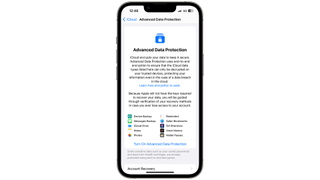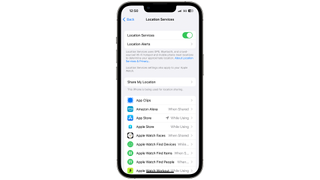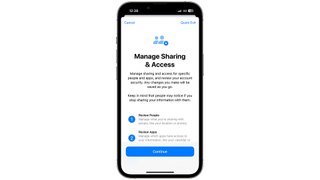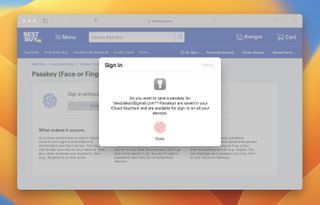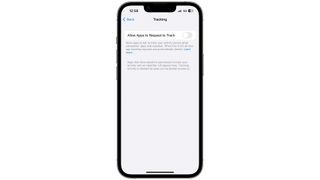Why Apple’s overall Privacy focus in iOS 16.3 and macOS 13.2 is a big deal
>
Privacy and Apple go hand in hand – they have been for years, and the recent video featuring Ted Lasso’s Nick Mohammad promoting Data Privacy Week was inspired.
However, as today (January 28) is Data Privacy Day, it’s important to look at other features you can use with your iPhone, iPad, and Mac to help protect your data.
These are all features I enabled as soon as they were introduced – with Advanced Data Protection being the latest for me, as it was recently introduced in iOS 16.3.
With this in mind, in addition to advanced data protection, there are a few other features you should consider enabling, and why you should do so as soon as possible.
Advanced data protection
Introduced in iOS 16.3, it not only allows you to protect your iCloud backups with an encrypted password, but also your Safari bookmarks, your iCloud Drive contents, Notes and much more.
This way you and only you can access this data – not even Apple. It adds an extra layer of protection for your data, especially if someone tries to break into your account, so that valuable data cannot be accessed by someone else.
This feature also applies to iPadOS and macOS, so your data is protected there in the same categories.
You can turn it on (opens in new tab) by going to Settings > iCloud > Advanced Data Protection.
Mail protection
We have all come across spam emails and other types that try to get hold of your information to track you outside of your email. To go ahead Settings > Email > Privacy protectionApple’s Mail app will hide your IP address when you open a new message from your inbox.
This means that the sender will not be able to tell if you have opened their email, besides having a rough idea of where you opened it.
Place
You could argue that too many apps ask for your location – Facebook is a good example here, especially when you use it to look at memes and check how certain family and friends are.
Still, you might find that there are too many apps tracking your location all the time, rather than when you use the app.
You can check this by going to Settings > Privacy & Security > Location Services and checking each app that appears in the list to see if its location is set to “Always Allow” or “Allow While Using.” Aside from Weather and Map apps, there’s really no need to have “Always Allow” for most apps.
So set aside a few minutes during a lunch break and see which apps try to track your location, even when you’re not using them.
Security check
Introduced in iOS 16, this feature can be of great help in protecting your data from those you would like out of your life.
Security check, found in Settings > Privacy and security > Safety check gives you a detailed overview of who shares what data with you, and you can easily restrict it with a few taps.
There’s also a ‘Quick Exit’ in the top right corner that takes you right back to the home screen if someone suddenly wants to check your phone without your permission.
Keys
Another feature launched with iOS 16, iPadOS 16.1 and macOS 13 Ventura, you can register a new account with a site without entering a new username and password.
You just need TouchID or FaceID to verify this, and you’re good to go.
However, if it’s an account you’ll need in the future, you can save it to your iCloud Keychain, Apple’s method of storing your usernames and passwords, by opening the “Save password for accountoption when you create one.
App tracking
A feature that Facebook was publicly unhappy about – but in hindsight, it only made Meta look bad in terms of privacy.
Some apps have the ability to track your browsing in other apps like Safari and Mail, and since this is done in multiple ways, it’s hard for Apple to shut down these individual cases, which is where App Tracking comes in handy coming.
You can enable all apps not to track you by going to Settings > Privacy & Security > Tracking. You have the choice to enable or disable tracking for specific apps, or you can disable the option altogether.

